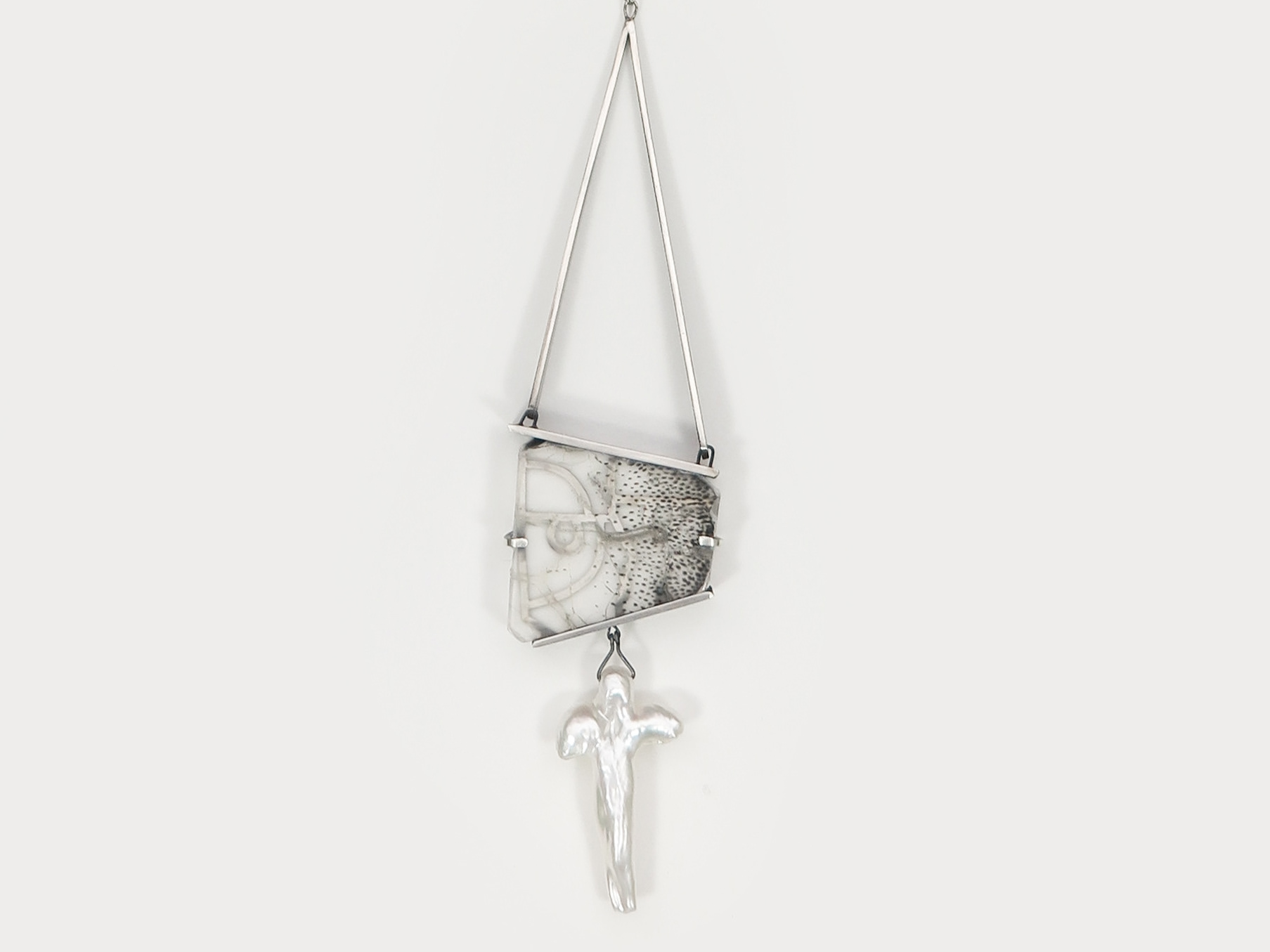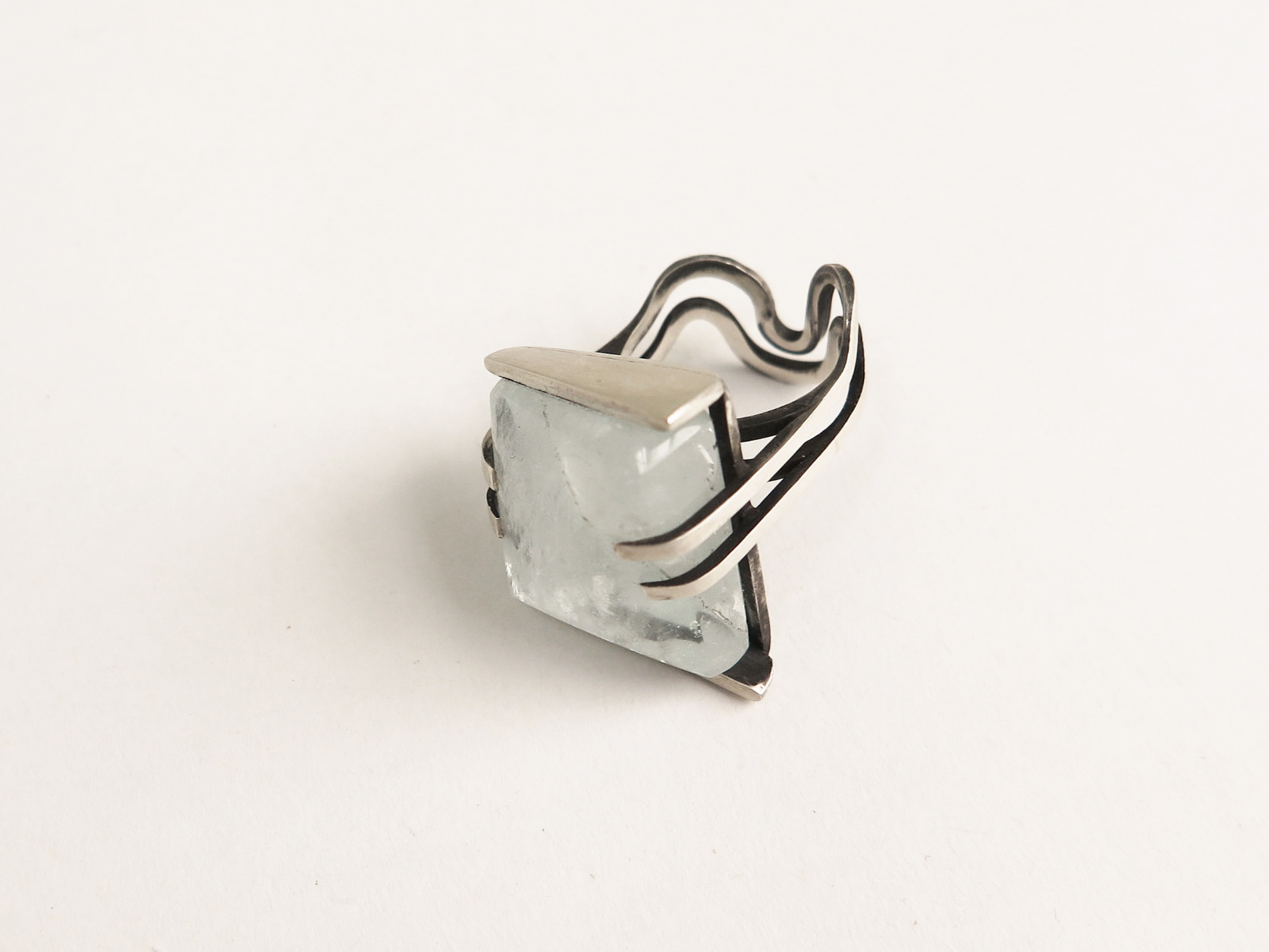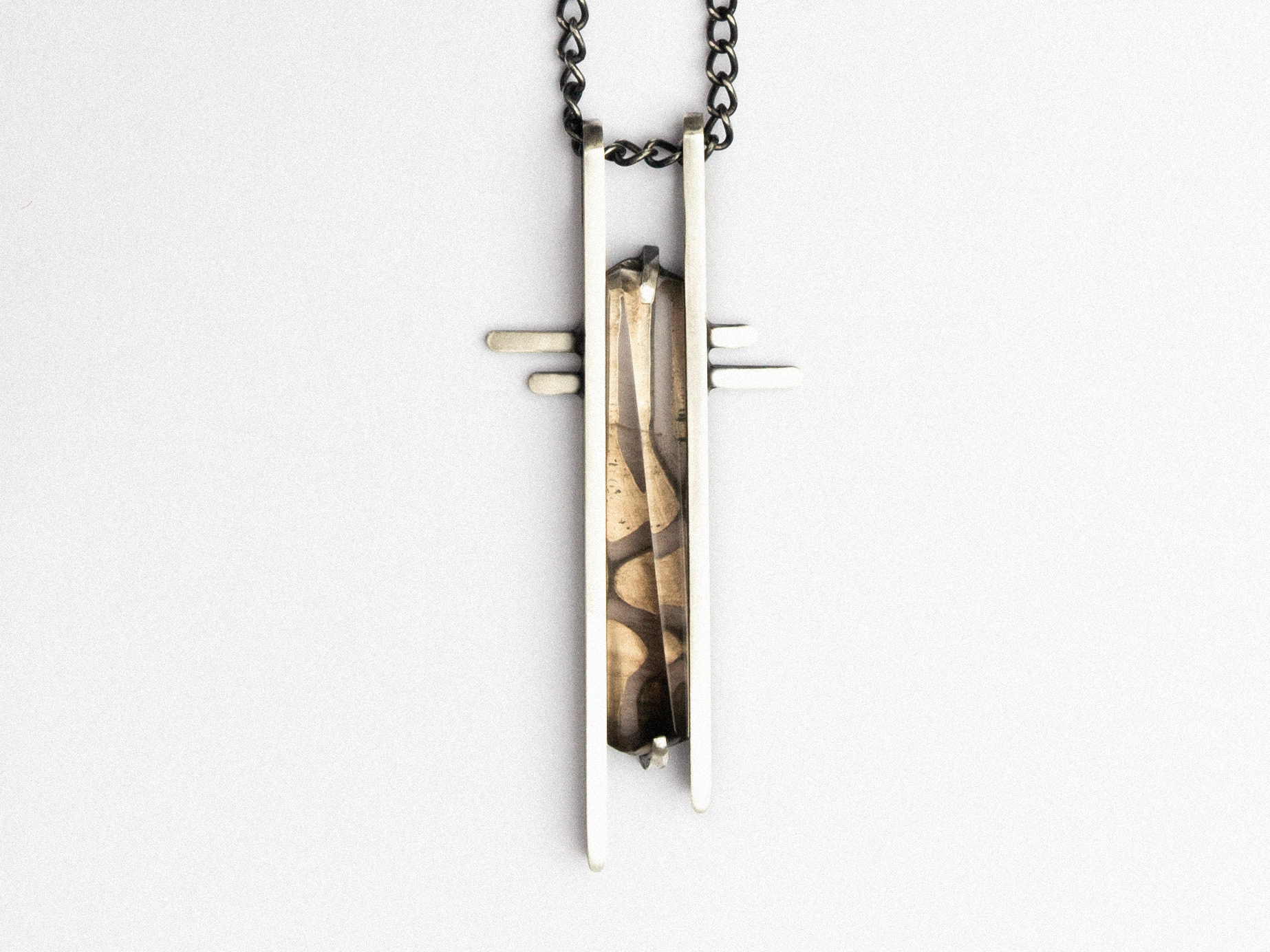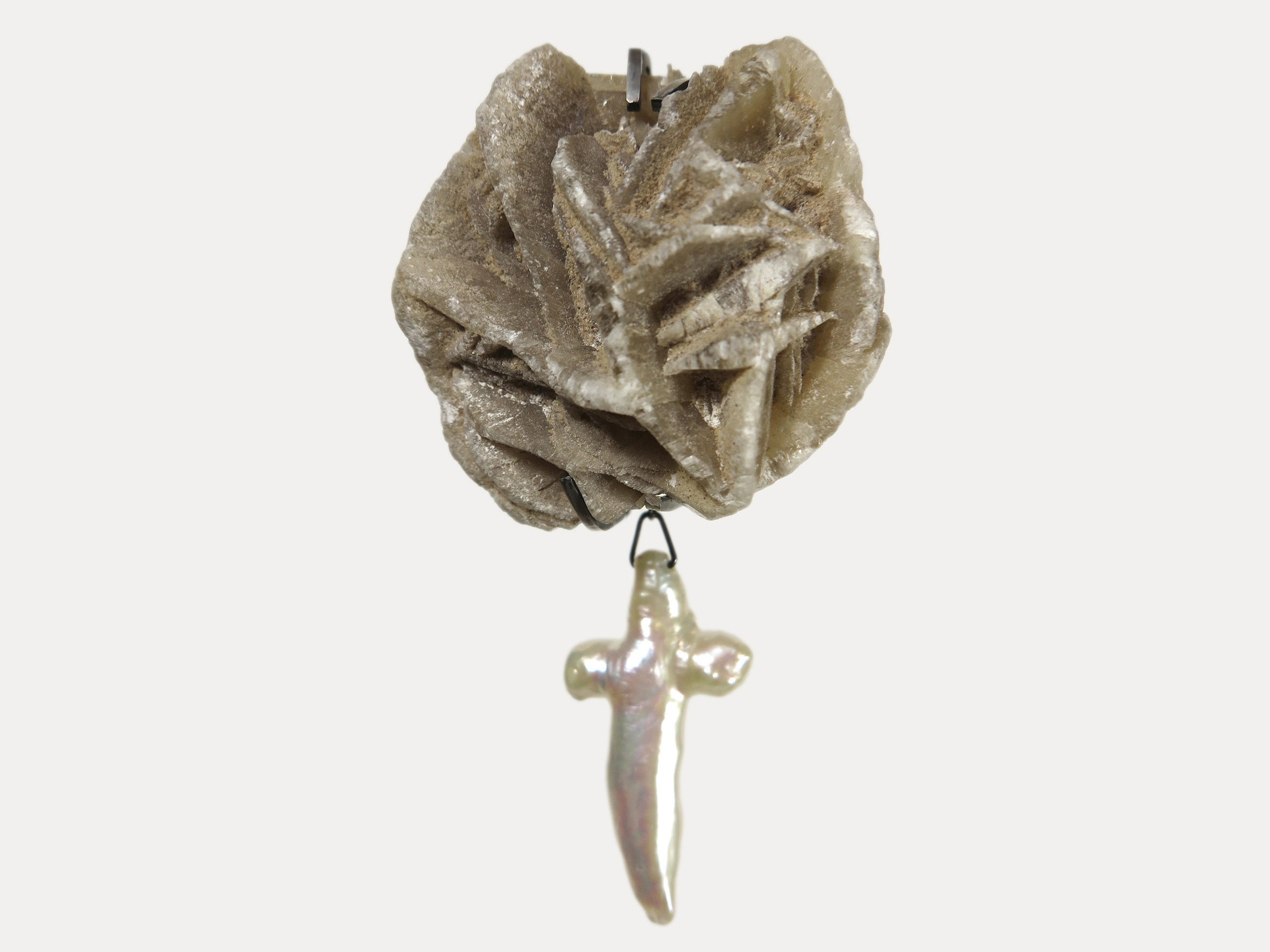If the only constant in this world is change, the jeweller’s art is that of drawing ones attention to material that retains its fixed state longer than most. This material might emerge from the ground, as gemstone or precious metal, from fossils on beaches and trees in woodland, or from the mind, as timeless form or allegory; the jeweller helps this fixed talisman find its way onto the ephemeral body.
The key material I draw a wearer’s attention to is narrative, that intangible thing that seems to shape our world more than any other. My point of departure for this collection, John Bunyan’s 1678 allegory The Pilgrim’s Progress, reaches us through two primary channels; the original text and its influence (direct or indirect) on vast swathes of literature, art and media.
Through this first channel, we are confronted with a direct religious allegory. But perhaps more captivating to audiences now is the sprawling and lonely journey described therein, a strange dream born of the depths of Bedford jail as political upheaval raged in the outside world. The second channel consists of a vast array of personal journeys unfolding before us in a billowing tapestry of human toil towards a destination, with the outlines of Bunyan’s tale peaking through structurally, spiritually or otherwise. It was my desire to bring these impalpable outlines to a collection of physical objects, in the form of jewellery.
Our narratives are fleeing from printed pages to digital fragments, emerging from murky sources and lodging themselves in the depths of human psyche to disappear without trace, brief flashes that are often difficult to reassess in the cold light of day, favouring new centres of power. In the absence of written words, our knowledge of prehistory comes from tangible objects, from tools, weapons and jewellery, to which we can ascribe whatever narrative we deem fit. As physical documents take on a smaller role in our world, it is more urgent than ever for designers to consider the story their objects tell to future generations.
I have made a film and a collection of jewellery, the former to tell a story about the latter, but the wearer can come to their own conclusions about my work, as life builds a narrative around the pieces. As with igneous rocks, stories emerge from immense strains of heat and flux, taken as raw material for people to impress their ideas upon. The Pilgrim’s Progress has been in print for over 300 years now and my only hope is that people keep thinking about where it is they are going.










